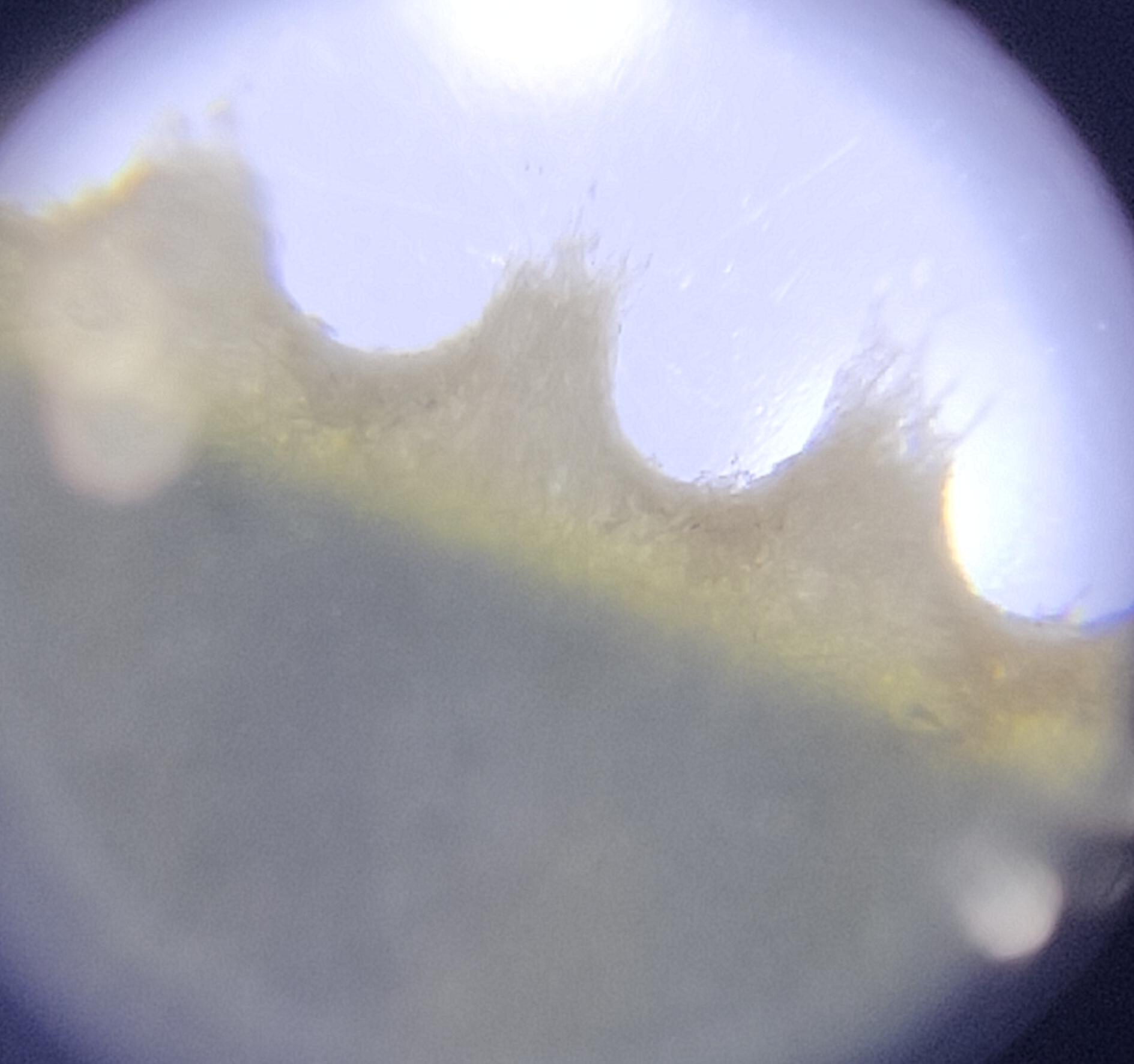The already financially exhausted post-war Germany was further driven to her breaking point from reparation payment and the increasing government debt resulting in inflation. Germany's crippling economy was unable to fund her second reparation payment to the victors of World War I. In response to Germany defaulting reparation payments, the French and the Belgian forces occupied the Ruhr Valley taking over coal mines, factories, and steel works. As the German workers refuse to cooperate during this military occupation, their passive resistance was rewarded with wages paid by the government. This, however, meant that the government printed more and more money leading to hyperinflation as its value significantly fell.
There were many factors and events that contributed to hyperinflation of the Weimar Republic between 1921 and 1933 although the occupation of Ruhr did substantial damage to the already broken economy. The mass printings of banknotes by the government to buy foreign currencies, which will eventually be used to pay war reparations had also resulted in inflating the German currency.
The consequences of hyperinflation exponentially drove up prices at unimaginable rates. As of 3 June 1922, postage stamps featuring the posthorn (MiNr. 205-209) had its highest denomination at 50 Mark. At the pinnacle of the hyperinflation period, or should I say, at the lowest point of the German Papiermark's value, the postage stamps issued in 22 November 1923 (MiNr. 330) had its highest denomination at 50 Billion Marks.
 |
| MiNr. 209, 50 Marks; this was the highest denomination issued in 3 June 1922. The German papiermark was already losing its value. |
 |
| MiNr. 223, 500 Marks; this was the highest denomination issued in December 1922. |
 |
MiNr. 257, 100 thousand Marks; the highest denomination issued in September 1923.
|
 |
| MiNr. 301A; Remainders were then overprinted with revised values, which in the case of this stamp 800 thousand Marks on a 5 pfennig stamp. |
 |
MiNr. 314A, 1 Million Marks; eventually new postage stamps with the inflated values were printed. This 1 Million Mark stamp was issued in 10 October 1923.
|
 |
| MiNr. 318A. 10 Million Marks. Nine days later, this stamp bearing 10 Million Marks were issued. |
 |
| MiNr. 322A, 100 Million Marks. At the end of the October 1923, which was also during the hyperinflation period, the postage rates skyrocketed. The rates were due revision again in 1 November 1923. |
 |
MiNr. 328A, 10 Billion Marks issued in 12 November 1923.
|
Speaking strictly stamps, the inflation and the hyperinflation period had driven postage rates up to 3-million folds. The following postcards and their respective postage rates would very much attest to how inflated the currency was.
This 1 Mark 50 pfg postcard was uprated to 25 Marks with additional 4 stamps (MiNr 175, MiNr 228, and MiNr 169) tied with Hemeringen / 10.2.23 6-7 V / Kr. Hamelin cancel, to Oschatz.
The rate for non-local postcards between 15 Jan and 1 Mar 1923 was 25 Marks.
In just 7 months, the postage rate rose greatly. This postcard was franked with a 200 Mark stamp overprinted with 2 Million Marks (MiNr. 309) tied with Donauworth / 19.10.23 9-10N cancel, which corresponded to the postage rate of non-local postcards in between 10 October and 20 October 1923.
At the height of the hyperinflation, the postage rates rose even more. This piece, I believe, is still categorized as a non-local postcard, was franked with a total of 40 Million Marks cancelled at Hagen, Westfalia dated 2. 11. 23 to Dessau.
Throughout the month of November, the postage rates exponentially increases every week up until stabilization kicked in with the proposed Rentenmark replacing the German Papiermark. While I am still in the lookout for postcards and letters posted during the hyperinflation period, I hope the current materials uploaded here would suffice to briefly illustrate the progression from inflation to hyperinflation.
Notable references:
Manchester, Diana (editor), The Postal Rates of Gennany 1906-1923, Inflation Study Group of the Germany Philatelic Society, 1991














Comments
Post a Comment